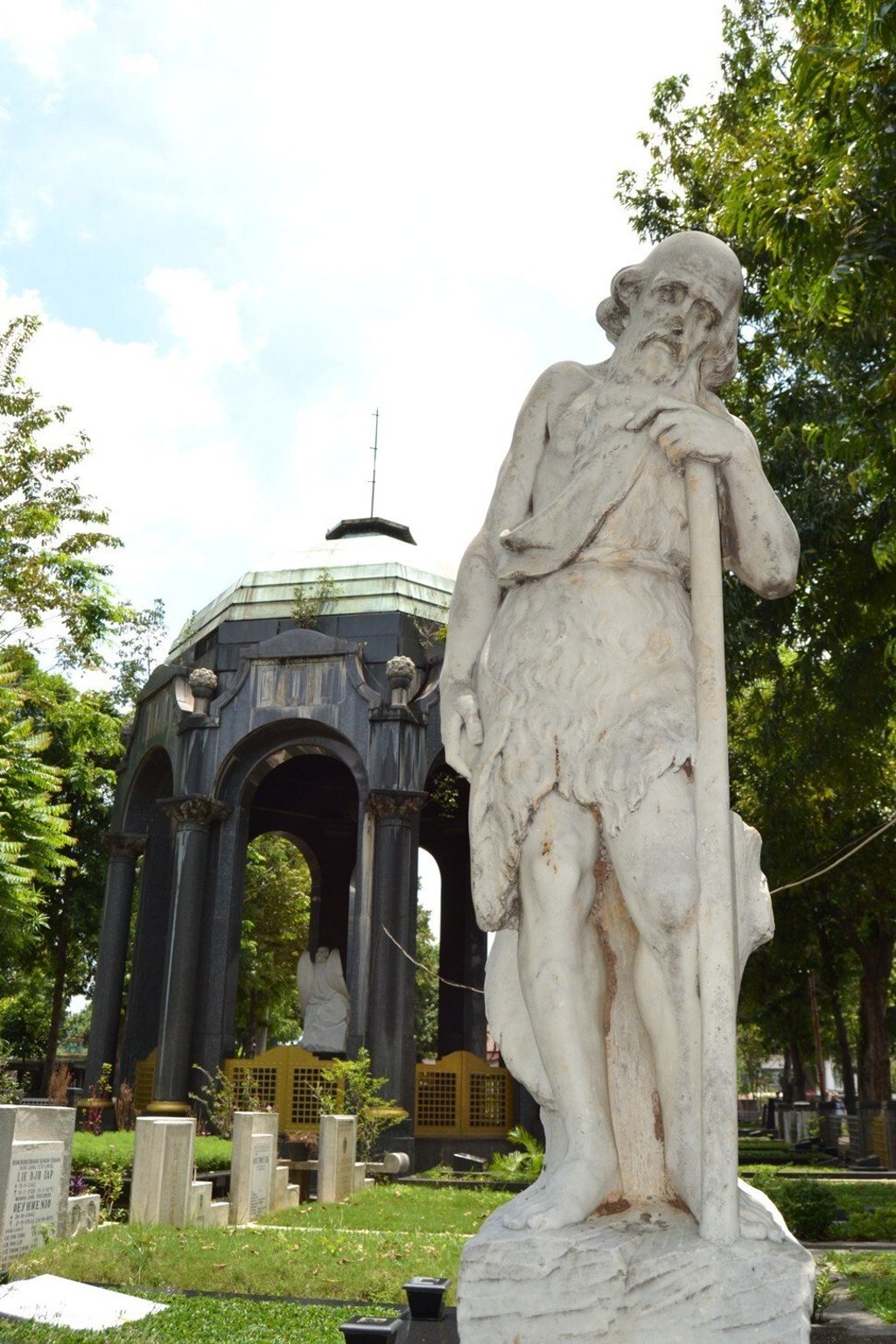From luxury private cemeteries to graves piled on top of each other, these Indonesians have seen them all, learning about history and people on the way
- Members of Indonesia Graveyard routinely visit cemeteries in their hometown of Jakarta, which counts more than 26,100 graveyards of various sizes
- The group often encounters living communities that have grown up around the cemeteries, from stalls to homes to people having naps on the graves

Indonesians are often spooked by cemeteries, but the history enthusiasts in a group called Indonesia Graveyard like to visit them to learn more about the past and about themselves.
They may get odd looks and queries, and face scrutiny from people who don’t understand their hobby, but they have never questioned their dedication and vow to continue.
The key members of Indonesia Graveyard, which was formed in January 2017, routinely get together to visit various cemeteries in their hometown of Jakarta. There is no shortage of these resting places for the dead. Currently there are more than 26,100 graveyards of various sizes in the capital – not counting the increasing number of cemeteries specifically for Covid-19 cases.
Members spend hours in the cemeteries looking at each grave and tombstone. They talk to the attendants and people in the community living nearby. They want to learn more about the graveyard – everything from its history and architecture to the stories of the people who are buried there. They often take photos of the graves, particularly those with intriguing architecture and backstories.
“Going to a graveyard is a door for getting to know the story of the people behind the mound of earth and tombstones,” says member Diella Dachlan, 44, a communications adviser.

Like others in Indonesia Graveyard, Dachlan is a history buff who says that whenever she wants to learn about an important local figure, a large part of her research is visiting the person’s grave.